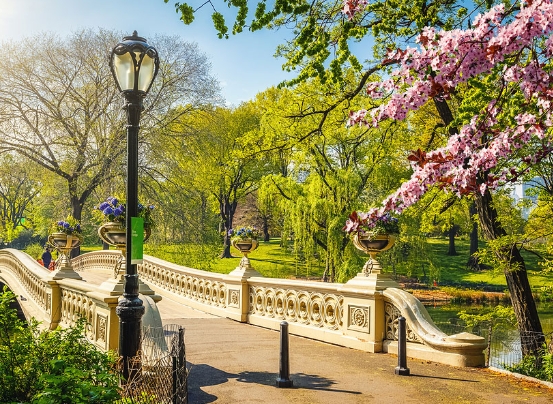Exploring the Timeless Beauty of Olmsted Landscape Designs
Frederick Law Olmsted, often referred to as the “father of American landscape architecture,” left a lasting legacy with his timeless and iconic designs. From Central Park in New York City to the Biltmore Estate in North Carolina, Olmsted’s work can still be seen and appreciated today.
Capturing the Essence of Nature
Olmsted had a deep appreciation for the natural world and sought to create landscapes that mimicked the beauty and tranquility of nature. His designs often featured sweeping meadows, winding pathways, and carefully placed trees and shrubs to create a sense of peace and serenity.
Creating Spaces for Social Interaction
One of Olmsted’s greatest strengths was his ability to create spaces that were not only beautiful but also functional. His designs often included areas for social interaction, such as picnic areas, playgrounds, and gathering spots, where people could come together and enjoy the beauty of the landscape.
Preserving Historical Landmarks
Many of Olmsted’s designs were created with a focus on preserving historical landmarks and creating spaces that were both beautiful and functional. His work at places like the US Capitol grounds and Prospect Park in Brooklyn helped to preserve important historical sites while also creating spaces that were accessible to the public.
Incorporating Sustainable Design
Olmsted was also ahead of his time in his focus on sustainable design practices. He often used native plants and materials in his designs, and his landscapes were carefully planned to be low-maintenance and environmentally friendly.
Inspiring Future Generations
Olmsted’s designs continue to inspire landscape architects and designers today. His emphasis on creating spaces that are both beautiful and functional, as well as his commitment to preserving historical landmarks and incorporating sustainable design practices, serve as a model for creating timeless and enduring landscapes.
As we continue to explore and appreciate the timeless beauty of Olmsted’s landscape designs, we are reminded of the profound impact that a well-designed landscape can have on our lives and our communities.

